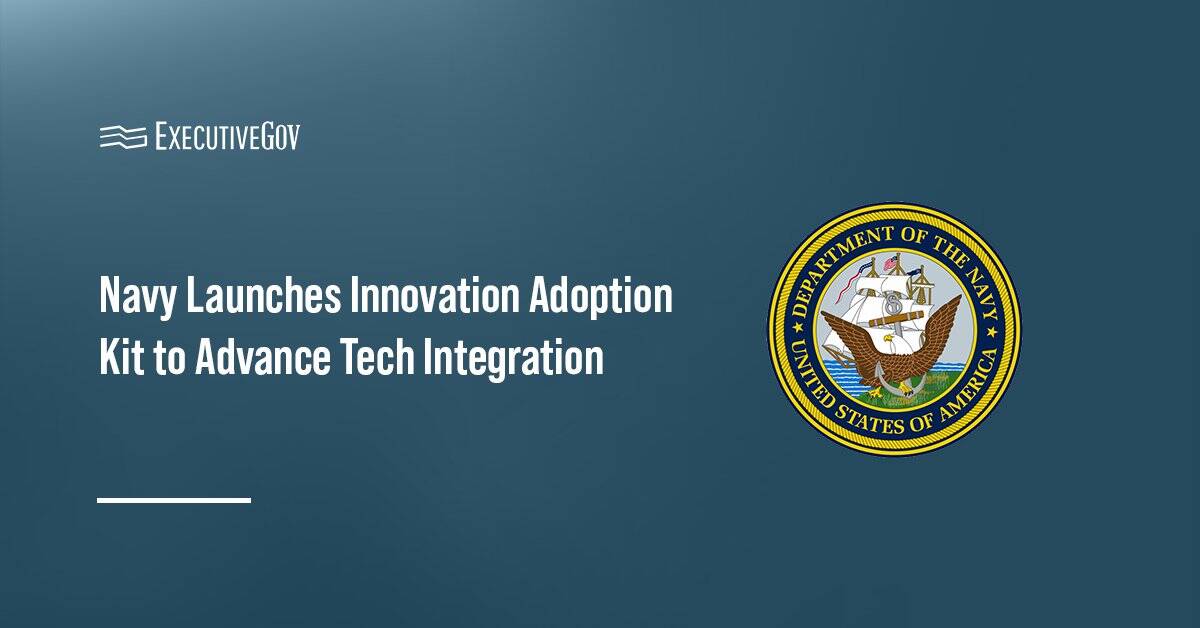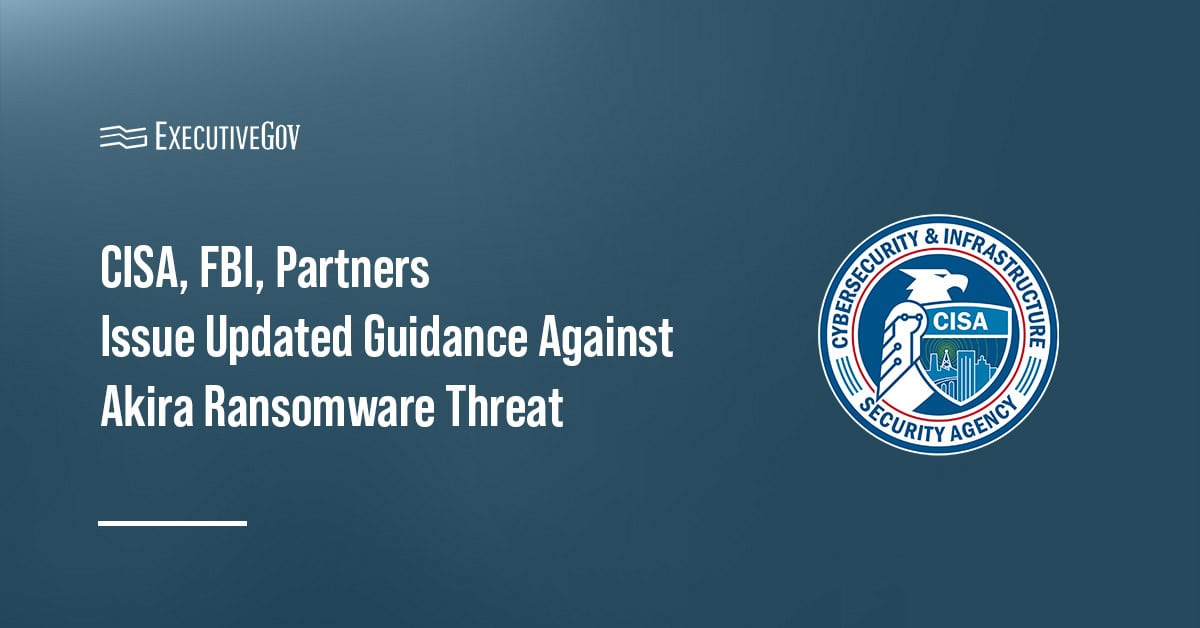
The General Services Administration has awarded contracts for a fiscal 2020 program to reduce the federal government’s air travel costs. GSA said Tuesday that its City Pair Program would apply 51 percent discounts to the federal government’s airfare costs via pre-negotiated, firm-fixed-price agreements.
The agency selected eight U.S. airlines as contractors based on criteria such as non-stop service availability, average elapsed flight time and pricing. Federal agencies may access the fiscal 2020 CPP rates starting October 1 this year.
GSA predicts the program would save $2.7 billion in government funds next fiscal year. The program uses a data-driven analytical approach for management and negotiation functions.





